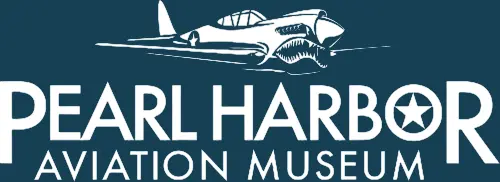B-17E Flying Fortress
The Swamp Ghost
Manufacturer:
Boeing, Lockheed-Vega and Douglas Aircraft Company
Wingspan:
103 ft 9 in
Length
73 ft 9 in
Cruise Speed:
226 mph
Range:
1,100 miles
Service Ceiling:
35,000 ft
Entered Production:
1940
Total Manufactured:
512
Armament:
(If applicable)
One 0.30 in and 12 0.50 in machine-guns for defense and able to carry a maximum 7,983kg (17,600lb) of bombs
Summary
The Fortress was originally designed to meet a bomber specification issued by the U.S. Army Air Corps in 1934. The prototype first flew on July 28, 1935. In January 1939, an experimental Y1B-17A fitted with turbo-supercharged engines was delivered to the Army Air Corps. Following successful trials, the first order of 39 B-17B’s was placed. Later, the B-17E model had a major redesign of the original B-17 type and was the first to incorporate power-turrets and a tail gun position. Only 512 were made before the B-17F model began production.
Overview
Our B-17E 41-2446 was one of the bombers in the Kangaroo Squadron stationed in Townsville, Australia. On the night of February 22nd, 1942, five B-17’s took off from Townsville with the mission of attacking ships in Rabaul, a harbor of Japanese-held New Britain. The mission was the first American heavy bomber offensive raid of World War II. Unfortunately, this B-17 sustained damage from enemy fire and ran out of fuel, causing the pilot to crash-land in a swamp on the north coast of Papua New Guinea. After several days of battling malaria, fatigue, and heat exhaustion traveling through the swamp, all nine crew members survived. The B-17E would sit for the next 30 years until discovered in 1972, receiving the title “Swamp Ghost”. In 2006, the Swamp Ghost was finally salvaged and made its way to the Pearl Harbor Aviation Museum in April of 2013.
B-17E Flying Fortress
aka the Swamp Ghost
Manufacturter:
Boeing, Lockheed-Vega and Douglas Aircraft Company
Wingspan:
103 ft 9 in
LENGTH:
73 ft 9 in
Cruise Speed:
226 mph
Range:
1,100 miles
Service Ceiling:
35,000 ft
Entered Production:
1940
Total Manufacturered:
512
Armament:
(If applicable)
One 0.30 in and 12 0.50 in machine-guns for defense and able to carry a maximum 7,983kg (17,600lb) of bombs
Summary
The Fortress was originally designed to meet a bomber specification issued by the U.S. Army Air Corps in 1934. The prototype first flew on July 28, 1935. In January 1939, an experimental Y1B-17A fitted with turbo-supercharged engines was delivered to the Army Air Corps. Following successful trials, the first order of 39 B-17B’s was placed. Later, the B-17E model had a major redesign of the original B-17 type and was the first to incorporate power-turrets and a tail gun position. Only 512 were made before the B-17F model began production.
Overview
Our B-17E 41-2446 was one of the bombers in the Kangaroo Squadron stationed in Townsville, Australia. On the night of February 22nd, 1942, five B-17’s took off from Townsville with the mission of attacking ships in Rabaul, a harbor of Japanese-held New Britain. The mission was the first American heavy bomber offensive raid of World War II. Unfortunately, this B-17 sustained damage from enemy fire and ran out of fuel, causing the pilot to crash-land in a swamp on the north coast of Papua New Guinea. After several days of battling malaria, fatigue, and heat exhaustion traveling through the swamp, all nine crew members survived. The B-17E would sit for the next 30 years until discovered in 1972, receiving the title “Swamp Ghost”. In 2006, the Swamp Ghost was finally salvaged and made its way to the Pearl Harbor Aviation Museum in April of 2013.

